Are you considering the violin for kids but are unsure of what to do before starting? Here are 10 tips from a seasoned violinist and teacher to help prepare your young child to play an instrument before they even start lessons.
As a violin teacher, friends and family often ask me what the best age is to start violin for kids. The truth is, there’s no one perfect answer, but there are a few criteria I use when evaluating whether a child is ready.
When I Started Playing and Teaching the Violin
I personally started playing the violin when I was 5 years old. While my uncle plays Indian-style violin, neither of my parents are instrumentalists, nor did they know anything about childhood violin-playing. So while they encouraged daily practice, the burden of that practice and figuring out how and what to do fell largely on me.
I began teaching students when I was in my late teens, after I was sufficiently accomplished as a player myself that I felt “legit” enough to train someone else. In truth, an excellent instrumentalist isn’t necessarily an excellent teacher, and vice versa. Still, that was the point at which I felt comfortable teaching violin for kids. I had also done a decent amount of babysitting and such by that point, so I felt comfortable around children in general.
Some are Prepared to Play the Violin for Kids
Over that time, I’ve noticed some children are ready to dive and and start learning right away. Others struggle to get started, and it can be a frustrating few months of acclimating to daily practice and other musicianship skills.
I’ve found that doing certain things before starting to actually play the instrument can be really helpful as kids prepare to play. These are all things parents can do with even very young children for months or even years before they start their instrument that will make the transition smooth and fun.
Tips for Starting to Play Any Instruments for Kids
After nearly 20 years of playing, here are some tips for preparing for the violin for kids. While my experience is as a violin teacher, almost all of these tips apply to children considering any instrument. They’re also great general skills for families who just want their kids to appreciate music!
I hope these tips are helpful to your families!
This post about the violin for kids contains affiliate links, but all opinions are 100% my own. That means I earn a small commission if you purchase through my link, but doesn’t change your price.
10 Tips for Preparing Kids to Play an Instrument:
Tips for Violin for Kids
Include Music in Your Daily Lives
Long before a child begins playing an instrument, music should be a familiar and enjoyable activity. When it comes to violin for kids (especially young children), it’s very common for teachers to use either a Suzuki method or modified Suzuki method. That means they’ll rely heavily on ear training and playing based on listening (instead of reading music at the beginning).
Because of this, it’s especially helpful if your child is familiar with basic concepts of pitch (how high or low a note is) and rhythm (beat). This can be as simple as singing nursery rhymes together, or even just listening to songs you like on the radio.
Play Music YOU Enjoy
On that note, children don’t necessarily need to listen to kid songs. The best music to play for them is music YOU enjoy, because that means it will happen more regularly. It also means it will feel more enjoyable to you, and your children will sense that.
The worst thing is feeling like you MUST play certain children’s nursery songs and feeling bored by them. Chances are, your children will catch onto that. Most all music has both pitch and rhythm, so don’t worry so much about the genre.
Let Them Encounter Instruments
Many orchestras do things like “instrument petting zoos,” where kids can go and hear a little concert, then go and touch and feel the instruments. It’s a great way to encourage interest and exploration.
If you’re committed to the violin for kids, I highly recommend getting an inexpensive student violin (these are the student violins my children use in the beginning) even before you start lessons so your child can learn to gently touch it and look at it. It’s very motivating to see an actual, real-life instrument!
Read Books
Does this seem like an odd tip? Many children’s books incorporate rhymes and meter, which is great for establishing beat and pattern in young minds. Even the ones that don’t have rhyming passage often still have a melodic flow to them. Plus, when you read aloud, you can add in emotion and intonation. Your children will pick up on those cues, and will be prepared to hear differences in pitch.
Also, books are great for connection and also for increasing attention span gradually. More on that below!
Here are some of our favorite books about the world, as well as some of our favorite children’s books about art!
Be Active with Rhythm
Young children often learn best when using their gross motor skills. They need to run and flip and jump and hop. Why not incorporate rhythm into that? Count while doing hopscotch or jump rope, or make up rhymes to go along with rhythms. DANCE. Allow them to move to music!
Practice Following Directions and Doing Hard Things
The violin for kids is a fairly exact discipline. Especially in the beginning, there isn’t tons of latitude for how to hold the instrument or what to start playing. They’ll gain more flexibility as they develop the skills to exercise it, but the beginning months tend to be fairly regimented.
Because of that, I always recommend that children are able to follow simple two-to-three-step directions prior to starting a string instrument. It will be a lot less frustrating for both the child and the parent helping with practice if your child already has built the capacity to follow through on directions.
On that note, following directions can sometimes be hard for young children. That’s okay. Keep trying. Allow them the chance to work at harder things. Give them the chance to PRACTICE a skill. Learning music is hard, and practice is a difficult part of that. It’s sometimes frustrating! Allowing them to develop grit and persistence before starting music lessons will help them persevere through those challenges.
When children have already had experience with practice (even if it’s just practicing listening to a book, or practicing singing the ABCs), they get familiar and comfortable with that daily ritual.
Let Kids Make Noise
I know, it’s so annoying. But all those super annoying noisy toys? Can actually be really helpful. I don’t mean the even-more-annoying battery-operated things. I mean things like maracas, egg shakers, xylophones, or even a metal bowl and spoon to use as a drum. Allowing kids to see cause and effect in noisemaking is a vital pre-music skill in preparing for violin for kids.
Develop Attention Span
Contrary to what some teachers say, I do NOT believe a child needs to be ready to sit still for 30 minutes before starting an instrument. Young kids shouldn’t really have a full 30-minute lesson that involves complete focus, anyway.
They should, however, be ready to listen and stay focused for at least 5-10 minutes.Longer attention spans will come with practice, but it’s useful to have a baseline when starting out. Think of it as whether your child can sit through a medium-length picture book or two without getting distracted.
Here are some really fun fiction picture book titles!
Work on Fine Motor Skills
While kids don’t need to have perfect fine motor skills before starting string instruments for kids (that will develop with practice), again, it’s useful to have some control before starting.
For instance, while your child doesn’t need to know how to write every letter of the alphabet, consider practicing holding a pencil properly or cutting with scissors. Try to work on skills with both hands, as each will be involved when playing the violin for kids.
Here are some great fine motor skills activities!
Learn to Love Music
More important than anything else, help your child learn to love music. Have dance parties. Play a variety of music and help them discern what they like (and then have fun blasting it in the car). Watch Youtube videos of various performers. Keep it enjoyable, and they’ll feel enthusiastic about the process once you do start.
Do you have questions? What tips do you have for helping prepare kids to play the violin?
IF YOU LIKED THIS POST ABOUT THE VIOLIN FOR KIDS, YOU MIGHT LIKE THESE POSTS TOO:
- 26 Books to Prepare for a Trip to San Francisco
- 20 Best Educational Activity Books for Kids
- 12 Amazing Fiction Travel Books for Kids
DON’T NEED THESE TIPS FOR PREPARING KIDS TO PLAY AN INSTRUMENT QUITE YET? PIN THIS POST FOR LATER!


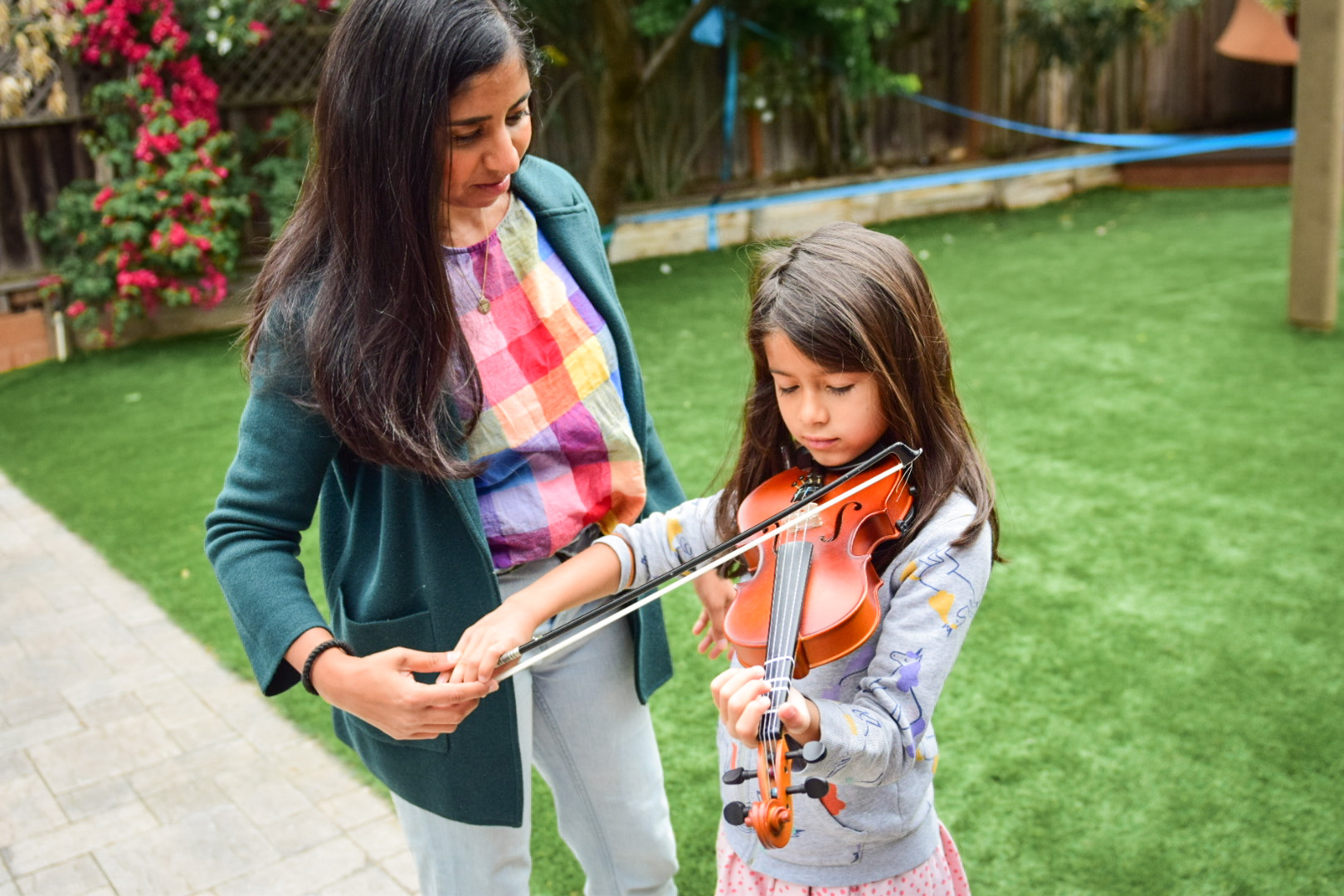
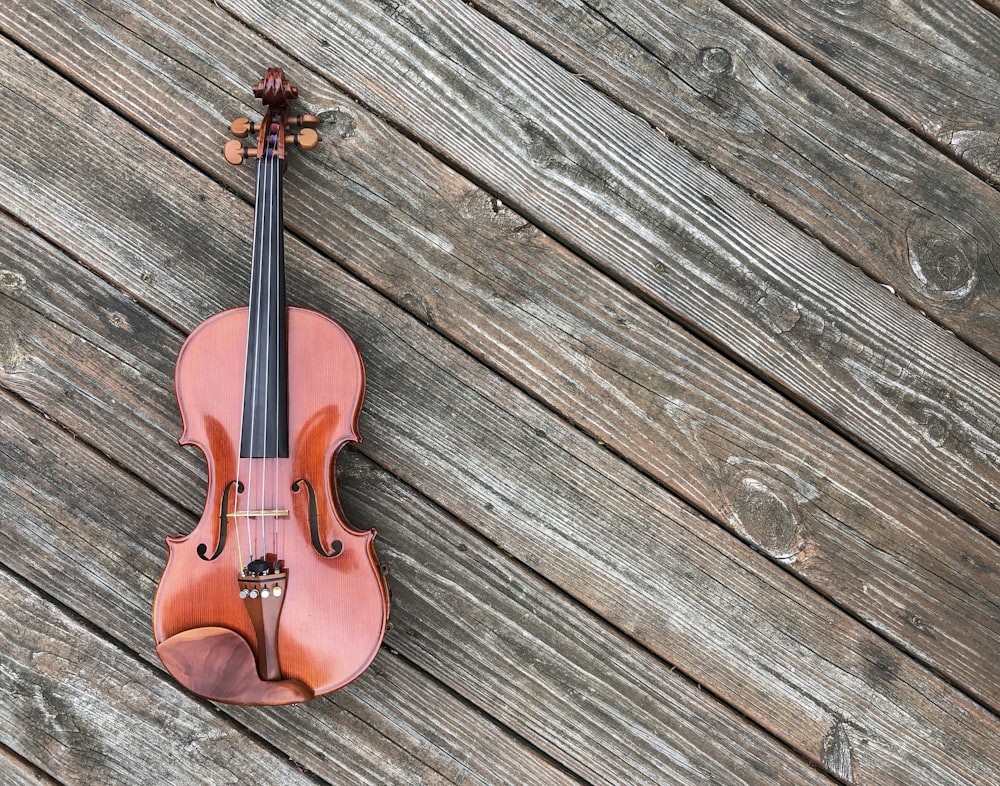
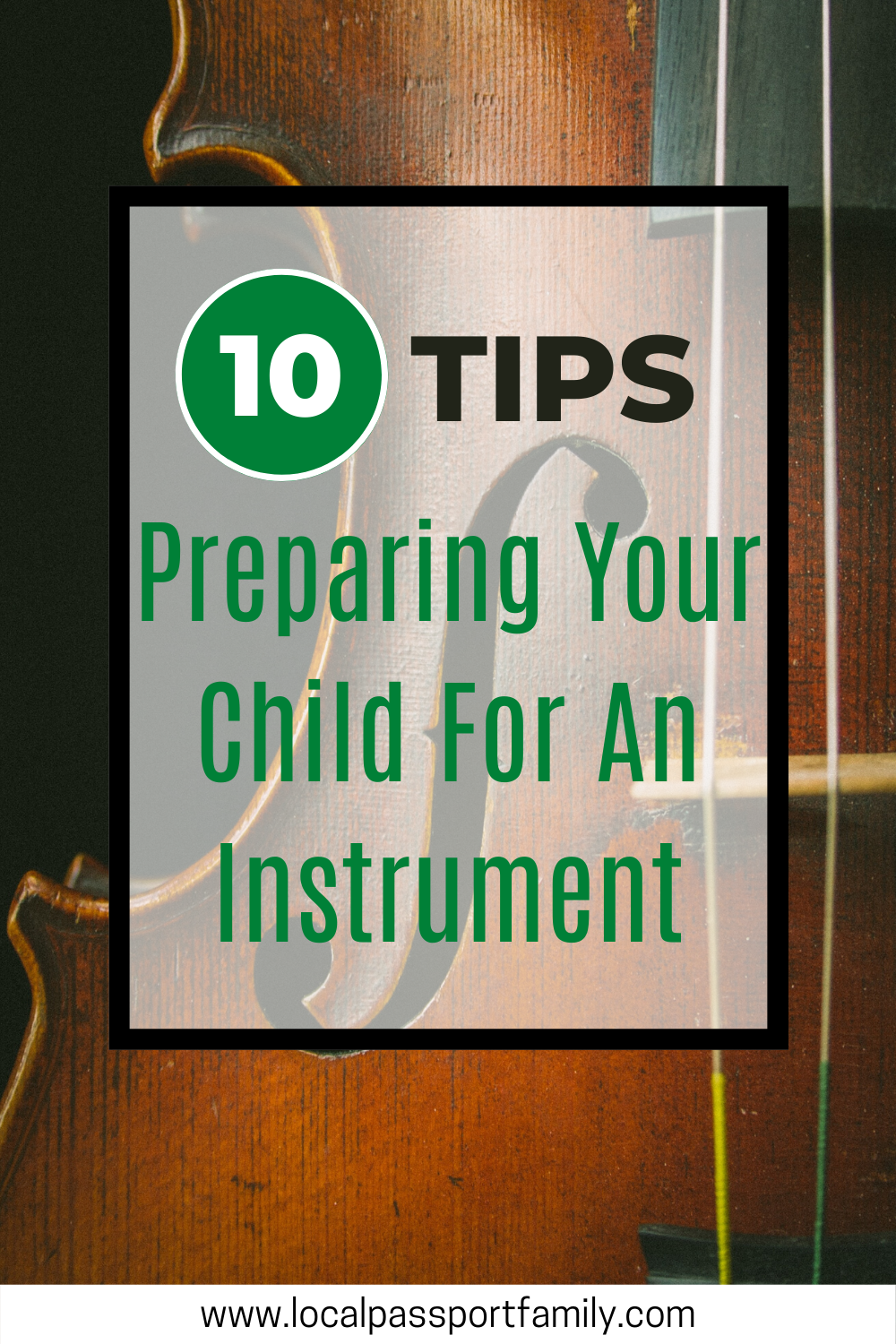
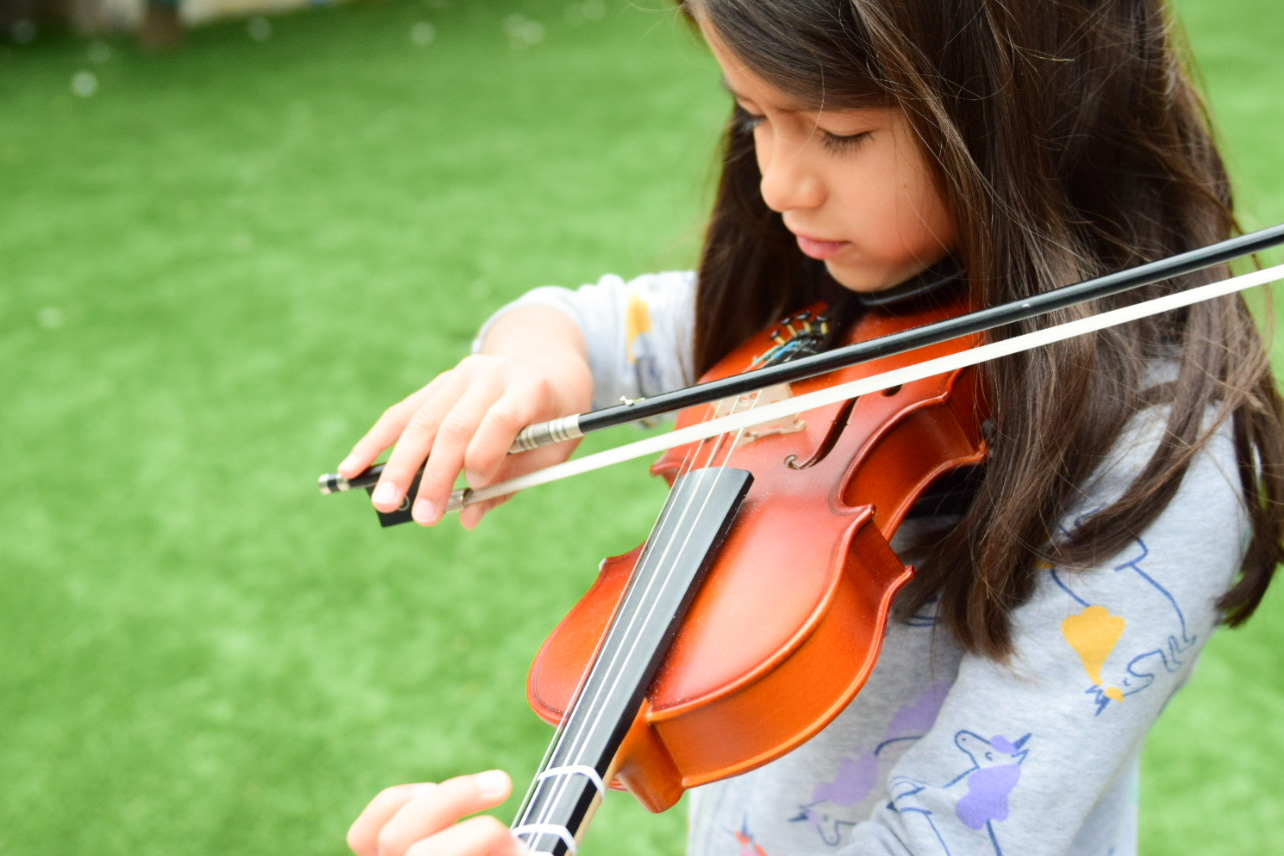
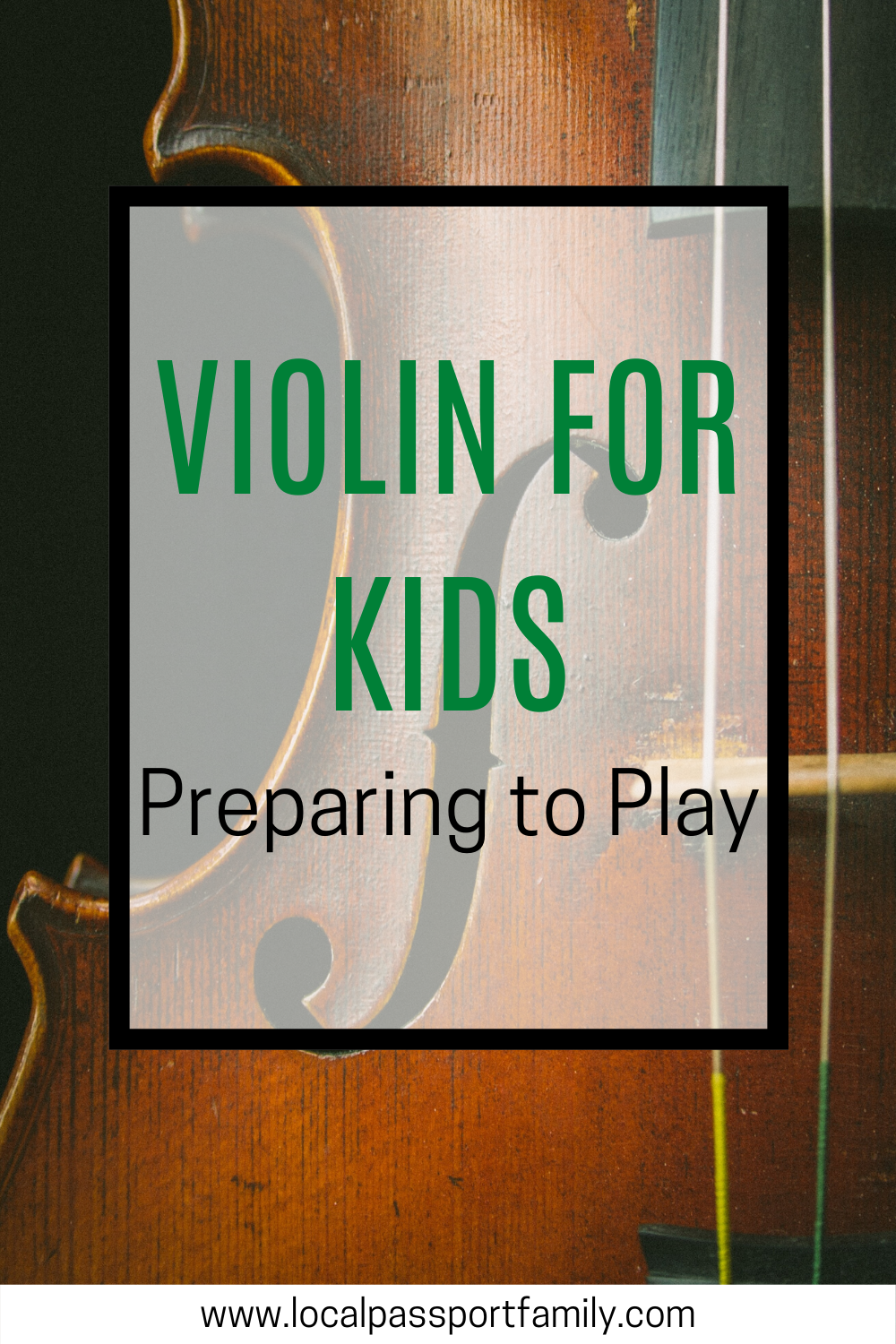
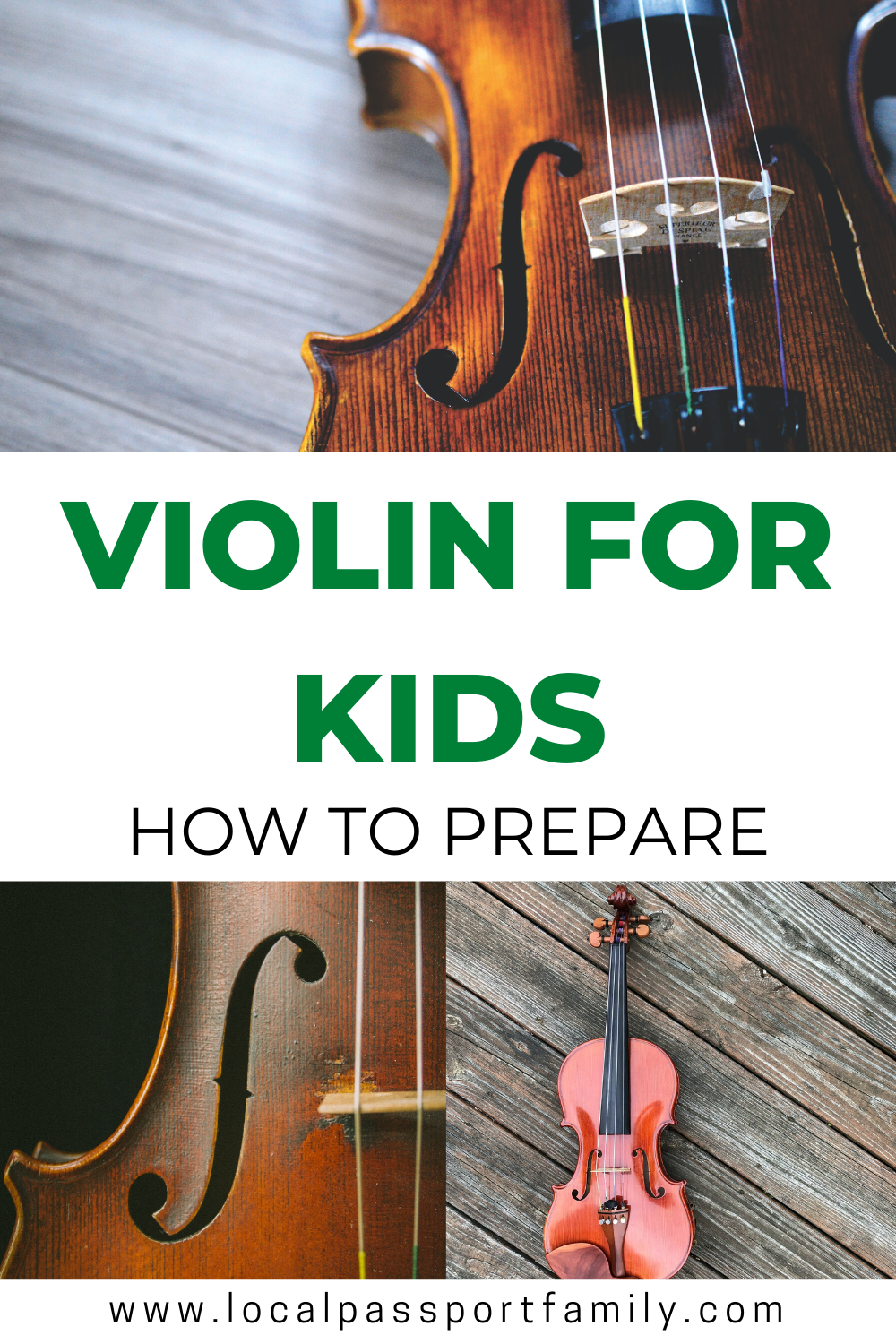
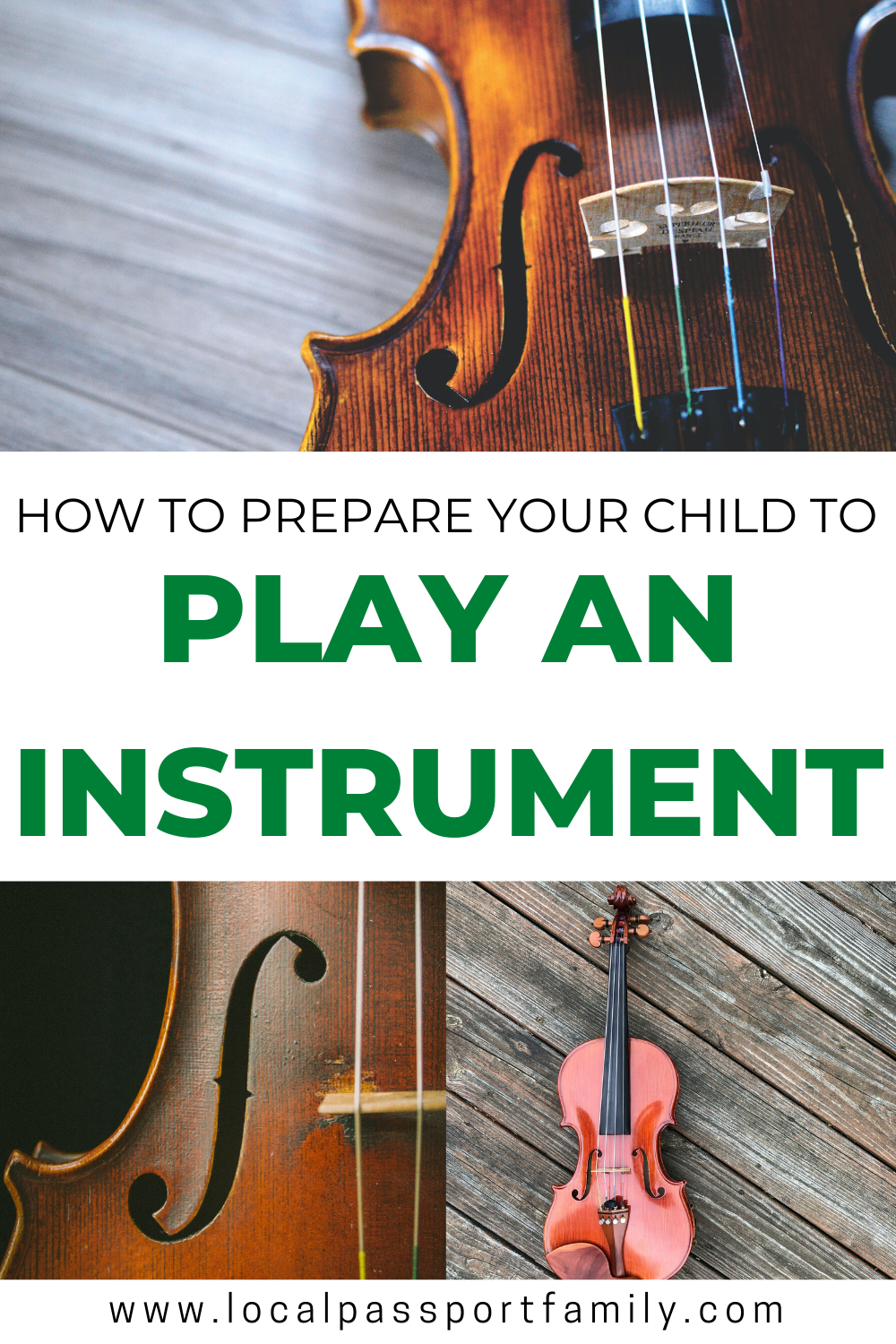
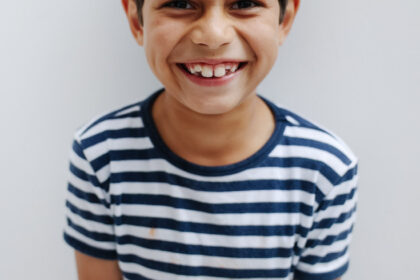
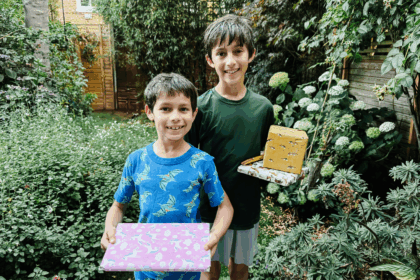




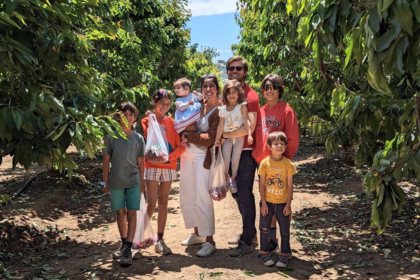
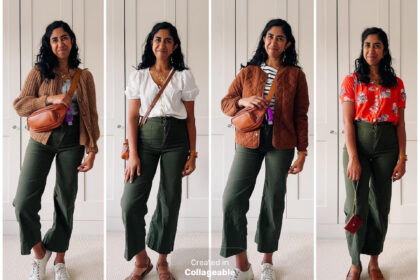

[…] previously wrote some tips for preparing to play the violin for kids – things you can do before your child actually starts the instrument. I wanted to follow up […]
[…] How to Prepare Kids to Play An Instrument […]
[…] Tips for Preparing Kids to Play an Instrument […]
[…] Preparing Kids To Play An Instrument […]
Music is an important tool raise a happy child. Kids learn many things through music activities. Thanks for sharing a great post.